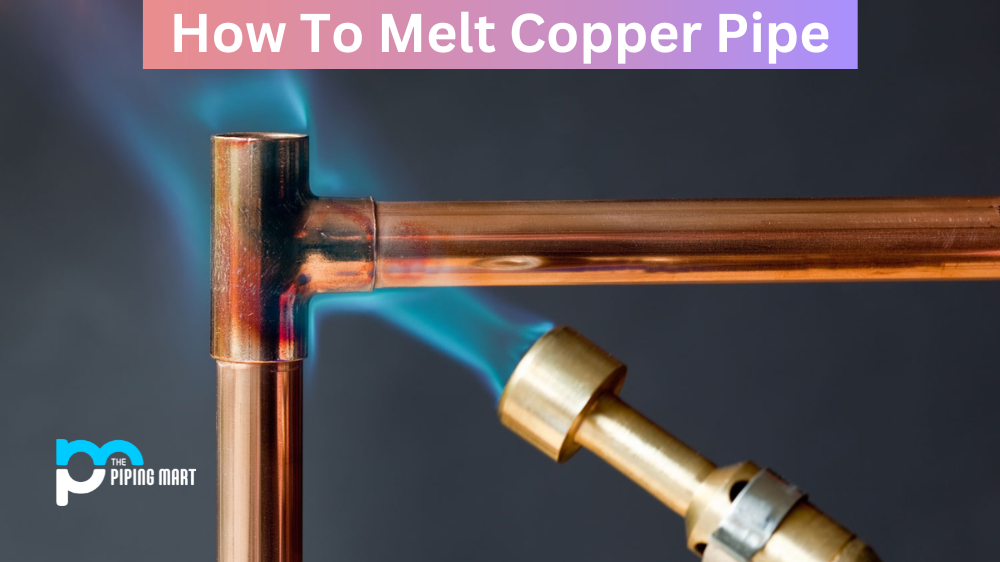Valency, or valence, is an important concept in chemistry. It describes the number of electrons an element must either lose or gain in order to achieve a stable outer shell. This is essential for understanding how elements interact with each other and their properties. In this blog post, we’ll explore the valency of tungsten and why it’s important.
What Is Tungsten?
Tungsten, also known as wolfram, is a chemical element with an atomic number of 74. It’s a silvery-white metal that has one of the highest melting points and boiling points of all metals. Its name comes from the Swedish words “tung,” meaning “heavy,” and “sten,” meaning “stone.”
Tungsten has many uses in the industry due to its high melting point and resistance to corrosion. For example, it’s used to make filaments for incandescent light bulbs and electrodes for arc welding. It’s also used in military applications such as armor-piercing rounds and rocket warheads because it’s so tough and durable.
Tungsten Valence
Tungsten has a valence (or valency) of 6—meaning that it needs six electrons to fill up its outer shell and become stable. That means when tungsten bonds with another element, it needs to either give up six electrons or take on six additional electrons from another element so that both elements are satisfied with their electron count around their outer shells. This is what allows tungsten to form compounds with other elements like oxygen or sulfur—which can have different numbers of electrons around their outer shells—by adjusting its own electron count accordingly during bonding processes.
Tungsten valence electrons
Below are their quantum numbers (N – energy, L – angular momentum, M – magnetic moment, S – spin )
| Orbital | N | L | M | S |
|---|---|---|---|---|
| s | 6 | 0 | 0 | +1/2 |
| s | 6 | 0 | 0 | -1/2 |
| d | 5 | 2 | -2 | +1/2 |
| d | 5 | 2 | -1 | +1/2 |
| d | 5 | 2 | 0 | +1/2 |
| d | 5 | 2 | 1 | +1/2 |
Conclusion
Understanding the valency of tungsten helps us understand why tungsten behaves the way it does when interacting with other elements in various environments. Knowing how tungsten reacts chemically opens up a world of possibilities for industries where high heat or extreme durability is needed—such as making filaments for lightbulbs or components for rocketships! Knowing more about how elements interact can help us create new technologies and products that will improve our lives!

Pipingmart is a B2B portal that specializes in metal, industrial and piping items. Additionally, we share the latest information and information about materials, products and various types of grades to assist businesses that are involved in this business.




